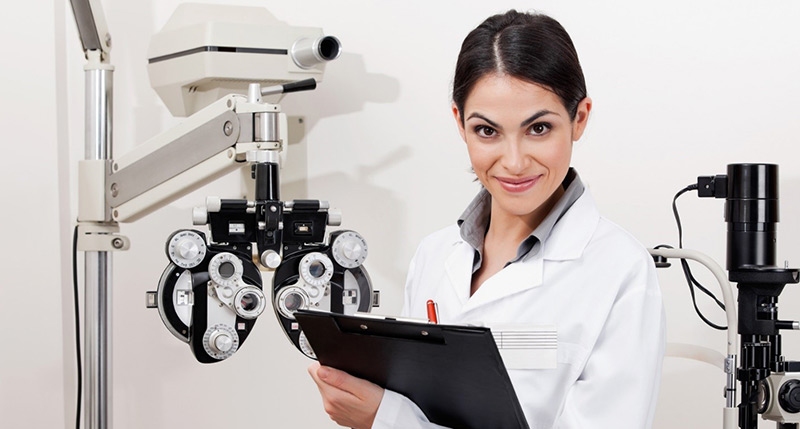The US Food and Drug Administration recently pulled online vision testing, because that method of vision test doesn’t provide the comprehensive eye health care necessary to keep individuals seeing their best now and for years to come.
In fact, online vision tests only provide 1 out of the 12 critical factors that your optometrist provides in your annual eye exam. And it’s a public health concern to provide only 1/12 of any health care check. Can you imagine only brushing 1/12 of your teeth or washing 1/12 of your body when you bathe?
A comprehensive eye exam is the reliable method to ensure that your eyes―and the eyes of your loved ones―are working well together, so you’re seeing your absolute best.
Proper eye care is an important aspect of health care, especially for school-age children and college-age young adults. As children grow and change, their eyes are growing and changing also. It’s not uncommon for a child’s vision to change significantly within a 12-month period, and with up to 80% of learning and socialization occurring through their sense of vision, making sure your kids are seeing their best is critically important to their ability to learn.
But how often should you take your kids to the eye doctor?
The American Optometric Association recommends the following:
- Infants age 6-12 months: Babies should have a comprehensive baseline eye exam when they are between 6 and 12 months of age. The human eye is experiencing profound and rapid changes in this timeframe, and your infant’s eyes are at their most vulnerable development point.
- Toddlers 3 to 5 years old: Young children from ages 3 to 5 should receive at least one comprehensive eye exam in person. This can help to diagnose or prevent any eye or visual condition that may have long-term impact on their visual system if left untreated.
- School-aged kids 6-18 years old: An annual comprehensive eye exam should be conducted for all children before they start the first grade and each year afterward. The eyes change rapidly as kids grow, and any interference with normal development could result in a visual change that could impact their ability to learn.
What’s Involved in a Comprehensive Eye Exam
During an annual comprehensive eye exam, your optometrist will ask for both a family and patient health history, and thoroughly check overall eye health through a variety of tests designed to provide a precise evaluation.
In addition, your optometrist will evaluate the following vital eye functionality that every child requires to succeed in the classroom, on the sports field or court, and beyond:
- Visual acuity: This indicates how well someone is seeing―both close-up and at a distance.
- Refraction: Determines whether there is farsightedness, nearsightedness or astigmatism.
- Depth perception: This ability enables us to determine how close or far away objects are, and is critical in learning, sports, driving and in occupations such as police, firefighters, pilots and lifeguards.
- Peripheral vision: So that we can detect objects that surround us without turning our heads, we need good peripheral vision while our eyes are facing forward.
- Color vision and perception: If a child can’t discern colors, they may have challenges in the classroom, including comprehending color-coded charts or other educational materials.
- Focusing skills: Your eye doctor will determine if your child’s eyes can change focus quickly and effectively. This is a critical skill for students in the classroom—for example, whether they can look across the room at the teacher and then down at their book on the desk in front of them and focus rapidly in both situations.
- Eye teaming skills: Are your child’s eyes working well together and providing the brain with the information needed to learn? It’s critical for skills that include reading words across the page and comprehending their meaning.
Is it time to schedule your or your child’s annual comprehensive eye exam? Call us today!

